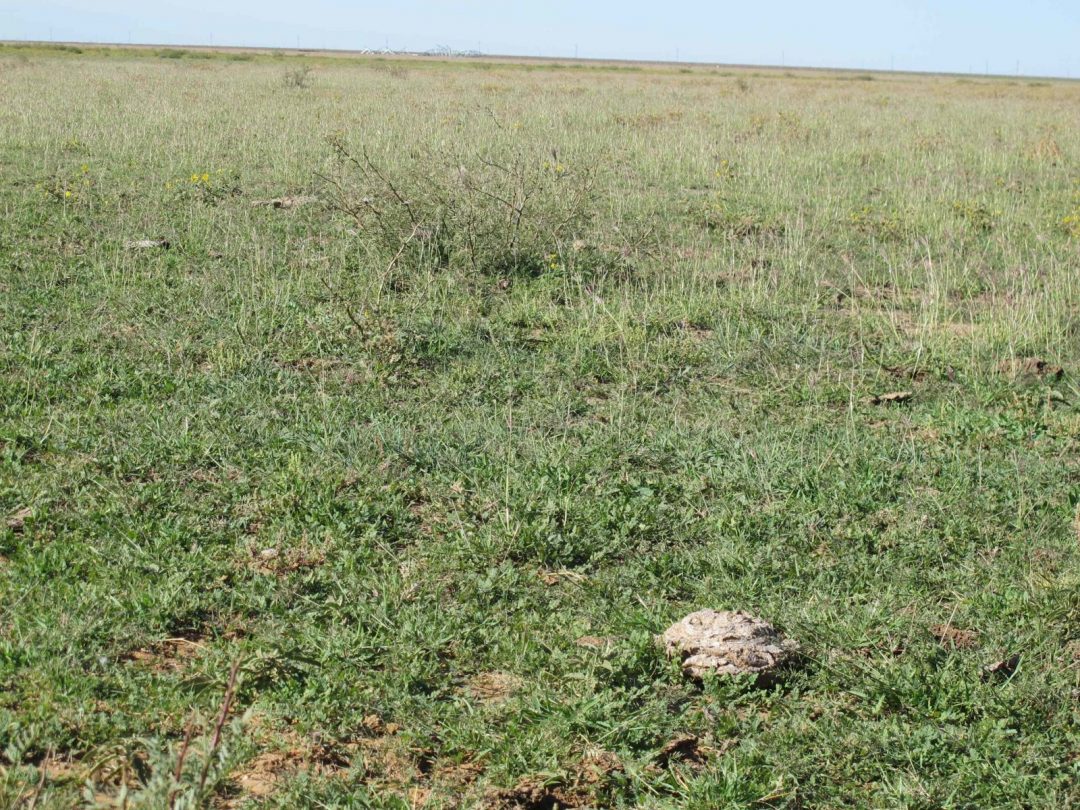WW SPAR, one of the many varieties of the nonnative Old World Bluestem grass that recovers more quickly from drought

This grass might not look like much, but it’s a special grass planted because droughts have become more frequent in western Texas. Here at the Matador Ranch, one of the many enterprises of the Koch companies, land managers took new steps after a horrible drought in 2011. They sold off half their cattle and have begun buying a larger breed of animal from Japan, one that will produce more meat per four legs. In many areas of the ranch they planted foreign varieties of grass that can bounce back more quickly after a drought and which provides more forage for the cattle that will become America’s hamburgers and steak. The water source for this ranch is an underground aquifer system.
I am at the Society of Environmental Journalists annual conference in Lubbock, Texas, and envrons. Thursday I joined this group on a field trip looking for ways farmers and city officials find “water where it ain’t.”
More on the Matador Ranch and the search for water in a subsequent post.
